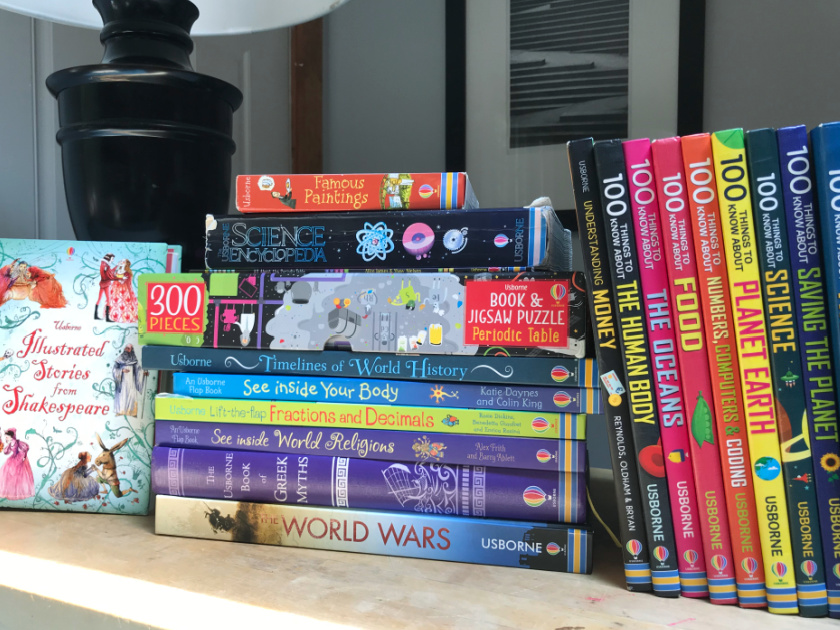Inside: Wondering if Usborne homeschool books are worth all the hype? Here’s my pretty short list of Usborne books for homeschooling that are actually worth buying (and while we’re at it, what’s NOT to love about Usborne).
You can’t be in the homeschool world very long without hearing about Usborne books.
Many of the popular boxed curriculums include Usborne books in their selections, and several homeschool bloggers recommend them.
Even non-homeschooling parents love them, apparently enough that Usborne is partnering with book subscription boxes (something they rarely do – they prefer to market through consultants).
When we were getting a Literati book subscription, for instance, Literati included an Usborne book in every shipment, which includes five books every month. So one out of five books was an Usborne book.
But are Usborne books really worth all the hype? Yes…and no.
UPDATE: Usborne recently changed their name to Paper Pie. Why? I have no idea, but if you’re wondering why you can’t find Usborne anymore, it’s now officially Paper Pie.
All links have been updated to head to my new “storefront” (which is sadly so much less user friendly – but I hope you can persevere!).
First: What’s NOT to Love About Usborne Books
THIS POST PROBABLY CONTAINS AFFILIATE LINKS. AS AN AMAZON ASSOCIATE, I EARN FROM QUALIFYING PURCHASES. YOU CAN READ OUR FULL DISCLOSURE POLICY HERE.
So I’ll be up front that I am one of those homeschool mom bloggers who became an Usborne book consultant, but mostly for the discount.
I do NOT have two IKEA Kallax bookshelves packed from top to bottom with every single Usborne offering, although I certainly don’t judge those who do (if you love them, buy them).
I do NOT stalk their new releases or their discounted books.
In fact, I get more than a little annoyed that they keep discontinuing popular titles I adore and love to recommend.
Maybe that’s part of their strategy? Get them before they’re gone? Whatever the reasons, it’s downright irritating.
(Which is why you should get the ones below NOW before they get rid of them!)
And the paying for shipping…well, let’s just say we aren’t used to paying for shipping are we? Even though we actually DO pay for it by buying more or paying for an Amazon Prime membership.
I’ll come right out and say that their fiction books leave a lot to be desired. They are, in my opinion, a pretty poor substitute for a quality picture book.
We did enjoy the Nibbles, the Book Monster series. Other than that, we haven’t tried many of the other fiction books, although I’m considering trying their graphic novels for one of my sons who is a picky reader but prefers physical books.
And I’ve purchased more than my fair share of lift-the-flap books that have gathered dust on the shelf (there are some keepers you’ll see below).
I’m learning how to bring them out and set them around the house to peak fresh interest, but aside from a select few…dust.
All that to say I definitely don’t think the big, huge Usborne home library is necessary – or even a good idea. In short, I’m not gushing about 95% of their products. I adore around 5% of their books. Probably less.
Now that I’ve been honest about what I don’t love about Usborne books I’ll tell you what I do love, and why I consider a select few Usborne Books to be books I wouldn’t want to homeschool without.
Related: 20 Top Chapter Book Read-Alouds Homeschool Bloggers Adore
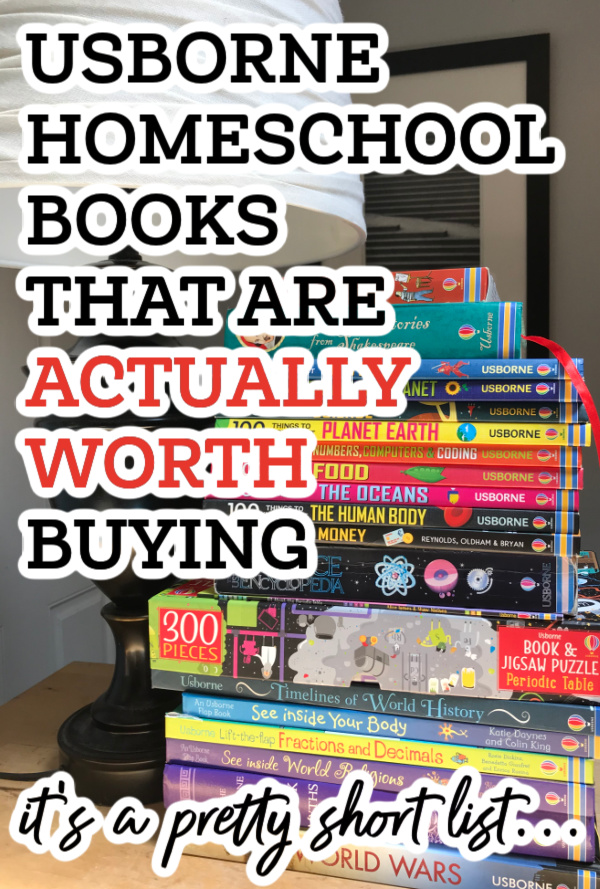
The Best Usborne Homeschool Books I Can’t Imagine Homeschooling Without
What I will forever, wholeheartedly promote are Usborne’s non-fiction books with purely educational aims. Just having them in our home/homeschool has inspired my kids to learn more and to expand their current interests.
These books and other resources have inspired us to venture down several rabbit trails of learning we might never have pursued otherwise.
They’ve also brought back the concept of “looking things up” in a real book, as opposed to just “googling it”.
Some of these books the kids pick up themselves all the time, while others I work into our weekly poetry teatime (it’s not just poetry).
You can purchase them to:
- read with your kids,
- use in a morning basket, or
- keep on the shelf for reference.
They can be especially good for younger children who are highly visual and love pictures to keep them engaged in the material.
These are the books that, if you’re on my homeschool e-mail list – if you’re not on it and you’re a relaxed homeschooler, you should be – you’ll probably hear me recommend over and over again.
So without further ado, let me introduce you to the less than 5% of Usborne books I think every homeschool library should have, and I can’t imagine homeschooling without (right up there with good ol’ Google).
Related: Homeschool Supplies You Definitely Need When You’re Just Starting Out
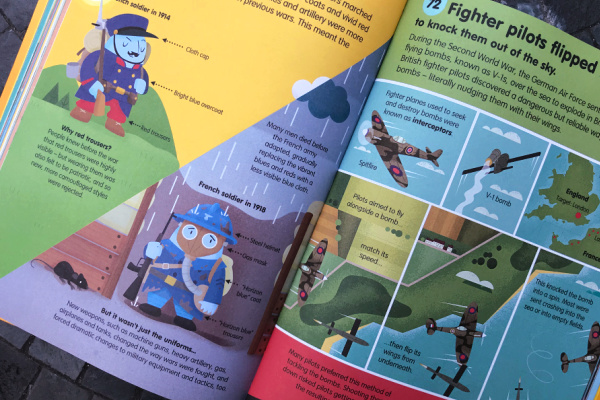
1. 100 Things to Know Series
I seriously cannot rave about this series enough, and I hope Usborne never discontinues these.
Currently, they are still adding to the series, so for now, I think they’re safe. BUT in light of the fact that Usborne discontinues books I love like breaking my heart is their favorite thing to do, I highly HIGHLY recommend that you get these books.
NOW.
Don’t wait. Get the entire series before they’re GONE.
My kids pick up these books all.the.time. They are filled with fun and interesting facts about all sorts of things – from history to science to food.
My kids reference them all the time. They cover just about every subject, so you can easily check the “we grew in our knowledge of XYZ subject” box, even if your child read nothing else “educational” all year.
Grab the entire 100 Things to Know Series HERE.
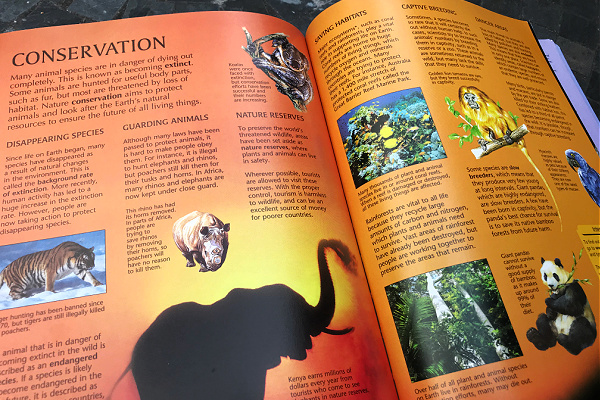
2. The Usborne Science Encyclopedia
This Science Encyclopedia was used regularly for a good year in our homeschool.
I am confident it will come back around again when my younger kiddos get a little bit older.
This book touches on every field of science – physics, chemistry, biology, earth sciences, astronomy, and even information technology. It also includes over 100 experiments and activities.
Get this awesome science encyclopedia HERE.
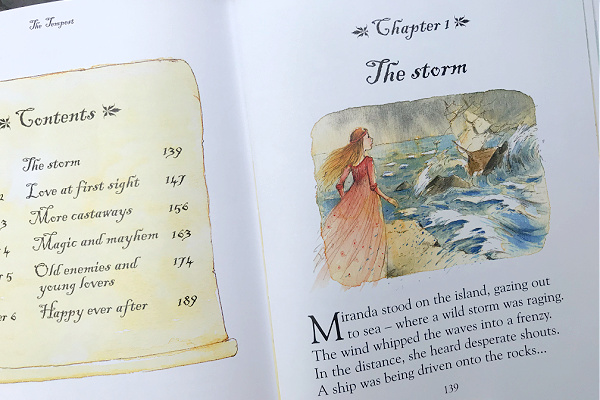
3. Usborne Illustrated Stories from Shakespeare
We read through this entire book during the 2020-2021 school year, and everyone loved it (the illustrations and everyday language definitely help). They laughed out loud at the comical mistakes in A Midsummer Night’s Dream and were happy that they could finally understand all the Romeo and Juliet references they kept hearing just about everywhere.
It’s the perfect way to introduce kids to Shakespeare before high school, in my opinion.
The book includes adaptations of the following stories:
- Twelfth Night
- Romeo and Juliet
- The Tempest
- A Midsummer Night’s Dream
- Macbeth
- Hamlet
At the end of the book, there is a short biography of William Shakespeare, including a list of plays and suggestions for websites to visit if you want to learn more.
You can grab Usborne Illustrated Stories from Shakespeare HERE.
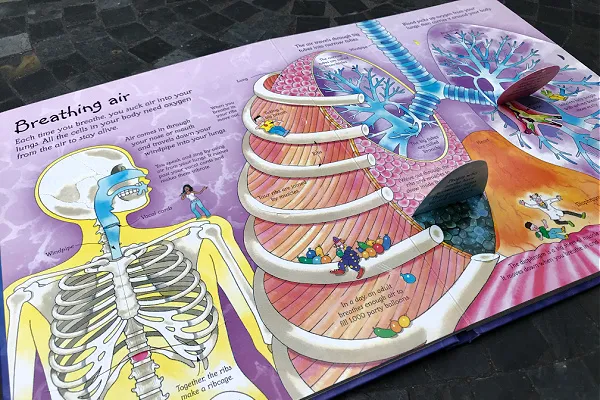
4. See Inside Your Body
This is probably our most used lift-the-flap book.
Ideal for early elementary students, the book covers the following:
- Digestion & Excretion
- Breathing
- Circulation
- Bones & Muscles
- The Brain
- Senses
- Drinking & Peeing
There are a ton of lift-the-flaps with more information about too many things to list here, but all human body related. I pull this book off the shelf over and over again with my younger kiddos.
Get a copy of See Inside Your Body HERE.
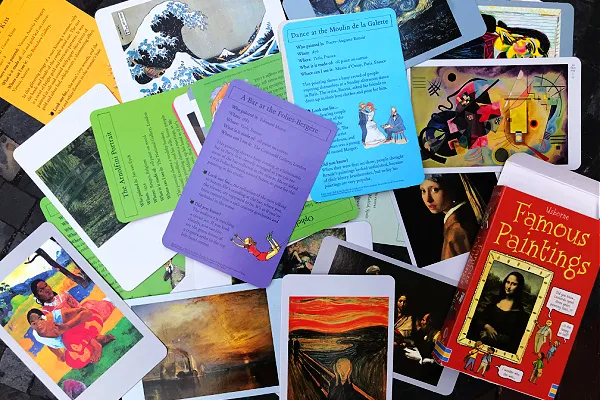
5. Usborne Famous Painting Cards
I absolutely adore these sturdy famous painting cards. They are perfect for familiarizing your kids with some of the world’s most well-known and frequently referenced paintings.
Each card has on one side, a replica of the actual painting. On the opposite side, there is listed:
- Who Painted It
- When It Was Painted
- Where It Was Painted
- What It’s Made Of
- Where You Can See It
- A Brief Description
- Fun Related Facts
From the Girl with the Pearl Earring, Starry Night and the Scream, to Hunters in the Snow, Nighthawks and the Kiss, there is a lot of variety between time periods and mediums.
Hole punch them and put them on a ring, go through them during a morning time or just for fun one day at lunch. Set them out on a tray on the kitchen table.
Whatever you do, grab these cards HERE before they are discontinued.
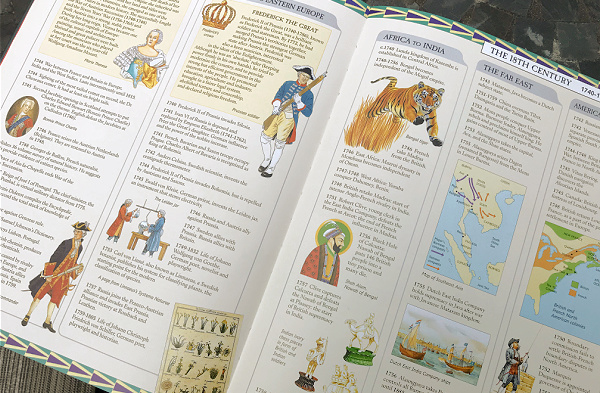
6. Timelines of World History
We don’t create our own history timelines, so I snagged this timeline book as a handy reference text.
Each page shows what’s going on in the world in parallel during the same time period. Depending on the time period, it groups different parts of the world together for each timeline.
For instance, for ancient history (10,000 – 1 BC/BCE), it shows what’s happening in Europe, the Middle East, Africa, Asia and the Americas.
In later history, it shifts to include Australia, contrast between Southern/Western Europe and Northern/Eastern Europe, and groups the Middle East with Africa. Into modern history, it divides evenly into four groups – Europe, Africa & the Middle East, Asia, and America/Australasia.
I anticipate pulling this book out far more frequently as I dive into American history this year with my second grader, looking to see what’s going on in the rest of world at different points in America’s history.
Buy the Timelines of World History HERE.
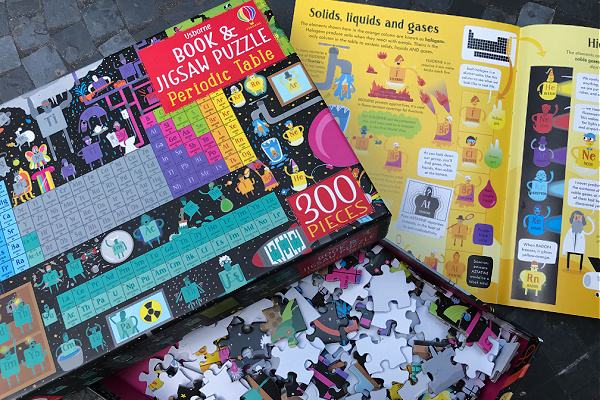
7. Periodic Table Puzzle/Book
The 300 piece periodic table jigsaw puzzle and accompanying book are excellent for familiarizing kids with the periodic table from a young age.
(This makes a great Christmas present by the way – the puzzle itself and the boxes are super sturdy and will last a long time.)
They don’t necessarily need to memorize it, but gaining a general awareness of different types of elements and how they are grouped together can be a great starting point should they choose to study chemistry in high school.
The book is comic book style and goes into great detail about what elements actually are in the first place, how the periodic table works, the different groupings, and gives fun facts about different elements along the way.
Alternatively, you can get the Periodic Table Lift-the-Flap book…but I’d still choose the puzzle/book set over that one.
Get the Periodic Table puzzle and book HERE.
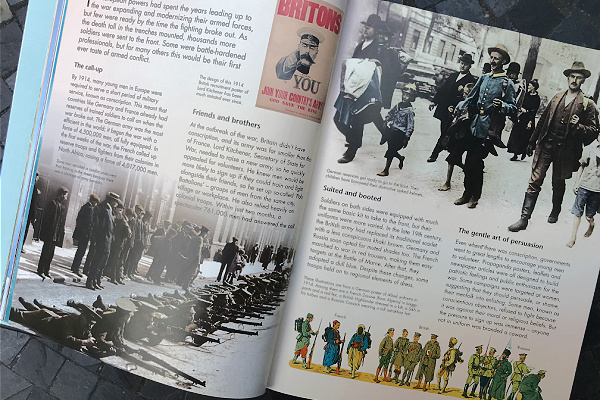
8. The World Wars
Once we work our way through American history, I want to dive back into the World Wars. I’m hoping my history lover’s interest will still be around by then (The Story of US by Joy Hakim is 10 books long).
This Usborne book does a great job of covering both World War I and World War II.
Unlike other Usborne books where there is text all over the place and you sometimes feel like you’re jumping around waaaay too much (hello lift-the-flaps), this one reads very much like a typical textbook, but I love the pictures, the variety and the details.
You could spend a year covering just the world wars and read through it at your own pace. If you have an independent reader who loves history, you could also easily hand this off for independent reading.
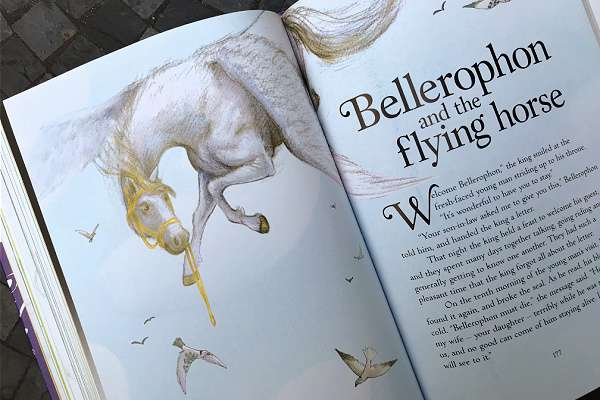
9. The Usborne Book of Greek Myths
We own both this Usborne book on Greek mythology, and also the D’aulaires’ Book of Greek Myths. They cover Greek mythology from different angles with the latter going into more detail about the minor gods and goddesses.
We read through The Usborne Book of Greek Myths first, and I circling back through the D’aulaires’ version with my Greek mythology loving child who listens to Rick Riordan’s Greek mythology fiction series over and over again.
The illustrations are fantastic, and the side notes give additional fascinating tidbits that relate to the story.
At the end of the book, there is a very helpful “Who’s Who” section that covers how the gods and goddesses are all related, the order in which they were “born” and descriptions of more characters in Greek mythology beyond the gods.
In addition there are two maps at the end, one of Ancient Greece and the other of Greece in the bigger Mediterranean area, marking where various stories/events happened, including Hercules’s journey.
You can get The Usborne Book of Greek Myths HERE.
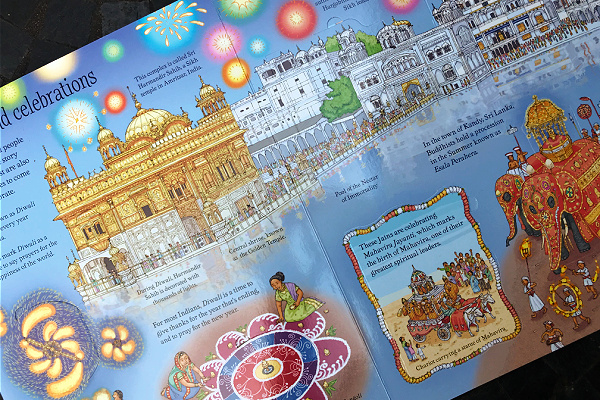
10. Lift-the-Flap World Religions
Especially as we’ve walked through world history, world religions come up repeatedly. Sadly, when is religion not involved in some kind of conflict – whether it’s persecution, or wanting a country to be fully one religion or another.
This lift-the-flap book approaches religions not in sections (one section on Judaism, one on Christianity, one on Hinduism, etc.), although there is an overview of each religion right after “what is religion”.
Instead, after covering what religion is and the basic overview, the book moves on to cover the following:
- God, gods and goddesses
- Worship and prayer
- Festivals and celebrations
- Stories from World Religions
- Death and beyond, and
- Religions through the ages
When religion comes up in any subject, this is a great reference book for elementary aged students.
While Usborne has discontinued this book, they have replaced it with a World Religions Encyclopedia which looks like a decent replacement. (She says begrudgingly after discovering that yes, Usborne discontinued ANOTHER favorite book – seriously Usborne?! SERIOUSLY?!).
You can get the Lift-the-Flap World Religions book we love on Amazon HERE.
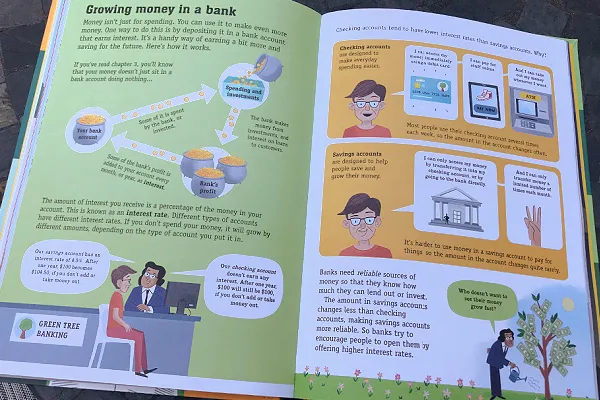
11. Understanding Money Book
This book about all things money will likely be required reading for my kids in late middle school, right before high school. And I rarely require reading.
If only I had understood certain things about money earlier, like how horrible debt is, the power of investing and how money can buy you freedom.
All the things I didn’t learn in school.
For now, the kids pick it up and leaf through this one, stopping at topics that interest them. Like when they want to know why soccer players are paid more than gardeners…
There are seven chapters, covering the following topics:
- How money works (why it’s valuable)
- The story of money, from ancient times to present
- Banks and bank accounts
- Earning and borrowing money
- Spending, growing and giving
- Governments and money (inflation, taxes, etc.)
- Big existential questions about money
It turns out that Usborne has an entire series dedicated to understanding big topics like economics, philosophy, politics and government.
I don’t have the entire “Understanding” series yet, but I plan on purchasing them this year one by one, so I will update this post when I can say whether or not they’re worth investing in.
You can purchase Understanding Money HERE.
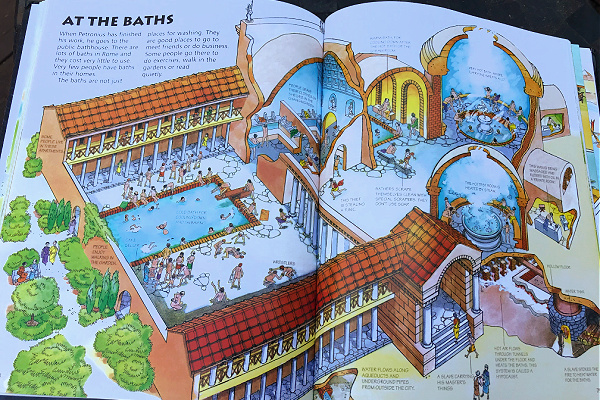
12. Time Traveler (OR Short History of the World)
These two Usborne books are excellent history books for a child who wants more than just reading aloud with no pictures (Susan Wise Bauer’s Story of the World books are my go-to overview of world history books).
Time Traveler has excellent illustrations and approaches ancient history from a “What was it like to live in THIS time period?” angle.
The book covers castles during the Crusades, Viking raiders, the Roman Empire, and the ancient Egypt.
A Short History of the World is a more thorough overview of world history…perfect for the child who just wants the cliff notes version. Yet another example of a book Usborne discontinued. I guess it wasn’t popular enough?
Purchase Time Traveler HERE.
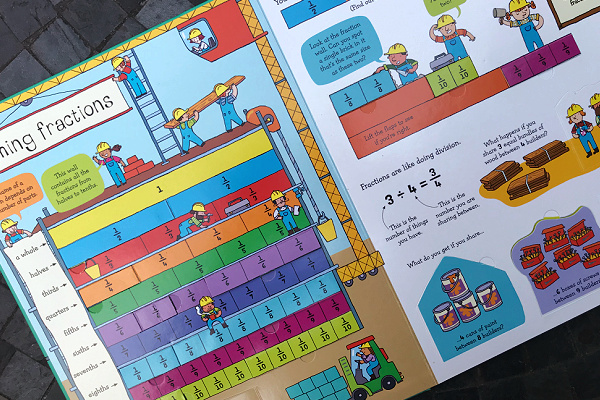
13. Lift-the-Flap Fractions & Decimals
Fractions can be TOUGH. Reducing, comparing, common denominators.
It makes my head spin.
Then there are the percentages and decimals and money.
But this book? It makes it super easy to show how it all works together! All the lift-the-flaps are super relevant, showing how, for example, 1/2 is the same as 1/4 + 1/4. Or 1/6 + 1/6 + 1/6 is the same as 1/2.
The decimals section shows how fractions are easily converted to decimals, with a handy conversion chart at the very end of the book (fractions > decimals > percentages).
I wouldn’t cover fractions without having this book on hand.
Yet another example of an excellent book you can no longer purchase through Usborne. Sigh.
You can find this book on Amazon HERE.
Related: 21 Homeschooling Tips I Wish I’d Had My First Year
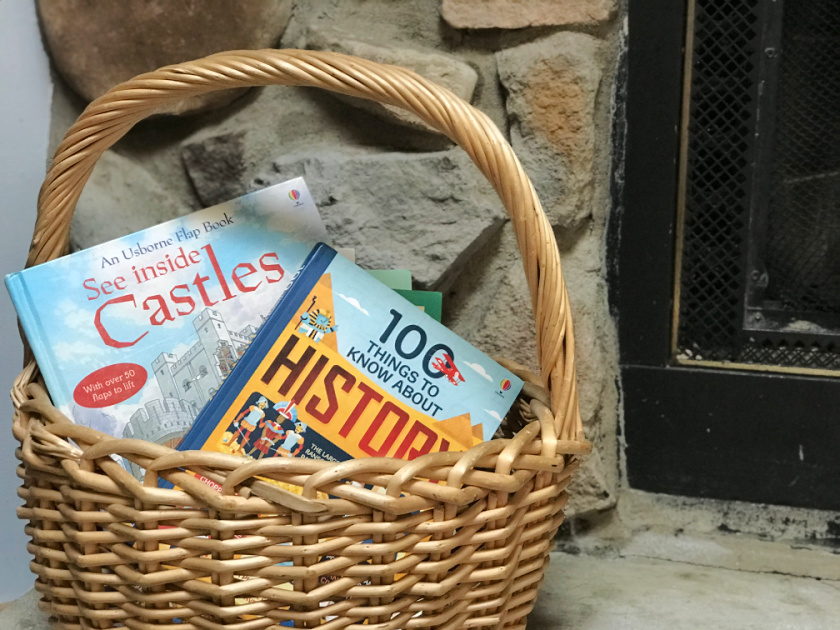
So, Are Usborne Books Essential for Homeschooling? You Decide.
I suppose if I’d never heard of Usborne, I might be ok without homeschooling them.
But when I first started homeschooling, I purchased a boxed curriculum from Sonlight. That curriculum included Usborne, and since that time, I’ve used and loved various books.
These make up probably half of the Usborne books in our home, so there are some I could do without. Unfortunately, you don’t always know until you try – which books will be your essentials.
Try a few at a time (buying them this way reduces the shipping cost overall, unless of course you’re buying the discontinued ones through Amazon).
See what you think.
Add to your collection over time. Who knows what will become a frequently read favorite?
I’ve stopped being as ruthlesss about decluttering books as I used to be simply because we have a lot of kids, and you never know what will spark their interest several years from now.
So I keep the unused, mostly lift-the-flap ones on display, hoping that one day they’ll make at least one child’s eyes light up. One day, someone will pull them off the shelf and flip through them.
Until then, we have these Usborne favorites that I’ll keep forever and ever, amen. Or until I’m done homeschooling twenty years from now…
If you do decide to make an Usborne book purchase and you don’t already have a consultant, you can shop through my consultant link HERE. Thank you so much for your support!
What about you? Do you love Usborne books? Would you homeschool without them? Share in the comments!
Read Next: How to Homeschool Kindergarten and Absolutely Love It

